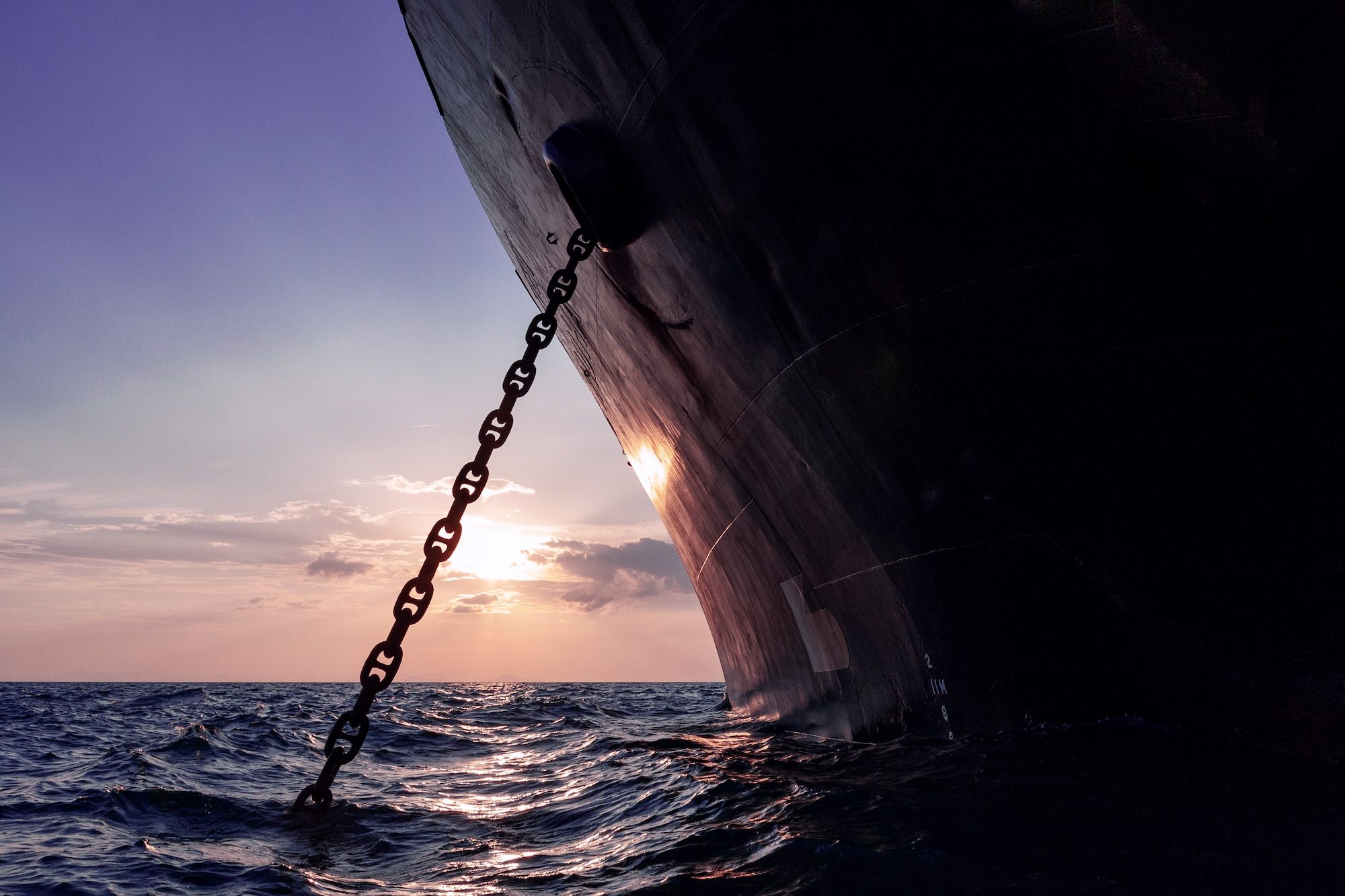Iran Confirms Seizure Of Tanker In Gulf
DUBAI, Nov 15 (Reuters) – Iran confirmed on Saturday that its Revolutionary Guards had seized a tanker in Gulf waters carrying a cargo of petrochemicals bound for Singapore over alleged violations, Iranian...

Photo: Shutterstock/danviewfinder
Maritime casualty incidents have increased dramatically over the past six years, with DNV’s latest report revealing a 42% rise between 2018 and 2024, far outpacing the modest 10% growth in the global fleet during the same period.
The comprehensive analysis, based on Lloyd’s List Intelligence data showing over 2,200 annual casualty incidents since 2021, highlights machinery damage and failure as the primary concern. These incidents represented 60% of all cases in 2024, a significant jump from 38% a decade earlier.
Age appears to be a critical factor, with ships over 25 years old accounting for 41% of reported incidents in 2024. The problem is particularly acute in machinery-related failures, where vessels in this age category were responsible for 45% of all such incidents.
DNV Maritime CEO Knut Ørbeck-Nilssen attributes this trend to market conditions, stating, “As freight rates surged in a tonne-miles driven market, many shipowners delayed scrapping older vessels, which put seafarers, cargo and the environment at greater risk.”
The reluctance to retire aging vessels stems from multiple factors, including record-high freight rates in 2024 and uncertainty surrounding new IMO and EU emissions regulations. Limited shipyard capacity and high building costs have also pushed owners toward maintaining existing assets rather than investing in newbuilds.
The report also notes concerning trends in fire and explosion incidents, which rose 42% over the past four years. Additionally, geopolitical tensions have impacted maritime safety, with war loss casualties jumping from 12 in 2023 to 51 in 2024.
However, some positive developments emerged, with casualties from collisions, groundings, and sinkings showing a 26% decrease compared to 2014 levels.
“To mitigate future risks, there is a need for thorough risk-assessments in the development of new technologies, particularly in areas where regulation is lacking or non-existent,” said Øystein Goksøyr, Head of Department Safety, Risk and Systems at DNV Maritime. “Integrating the human element alongside technological advancements significantly improves safety outcomes. This means updating and enhancing safety protocols, alongside improved crew training.”
While the long-term solution lies in fleet renewal, DNV suggests several immediate measures, including more frequent maintenance schedules and equipment upgrades to enhance vessel safety and extend operational lifespans without compromising crew safety or environmental protection.
You can find the full report here.

Sign up for gCaptain’s newsletter and never miss an update

Subscribe to gCaptain Daily and stay informed with the latest global maritime and offshore news
Essential news coupled with the finest maritime content sourced from across the globe.
Sign Up